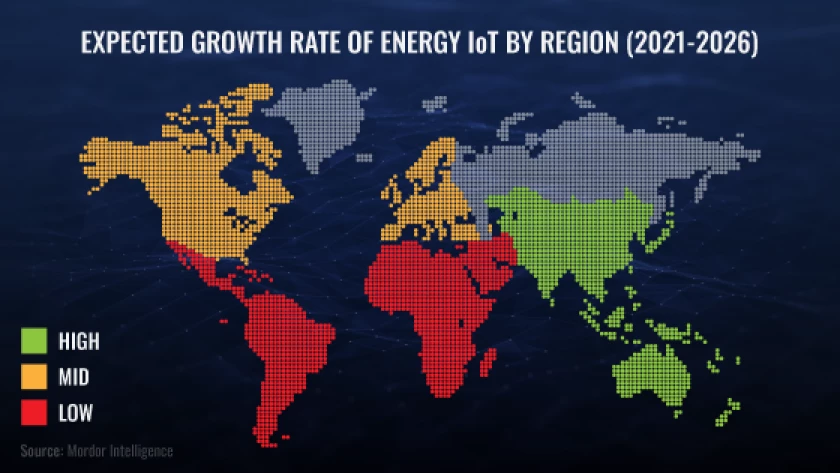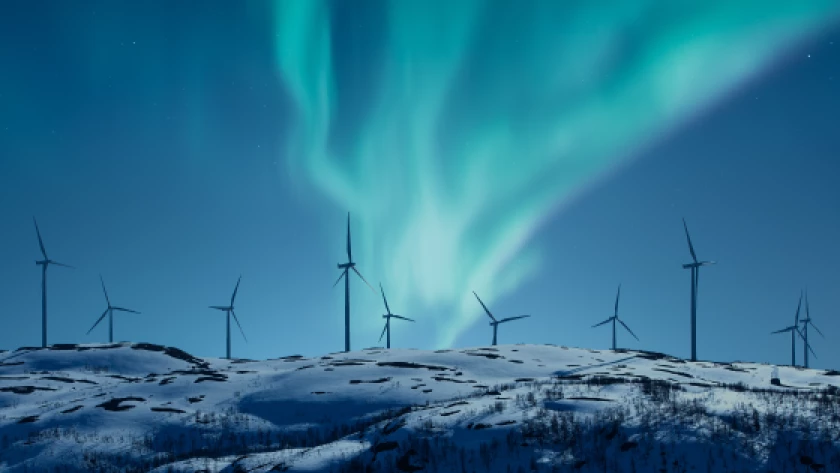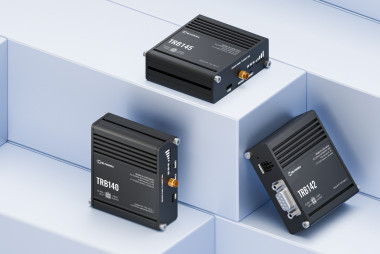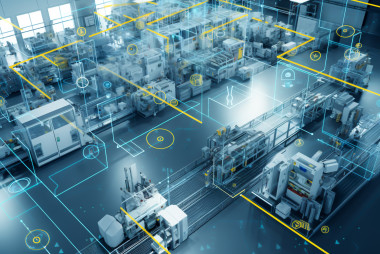THE FUTURE OF ENERGY IoT
#iot, #energy
This past August, the annual inflation in the eurozone hit a record 9.1%. Many factors contribute to this, with the current political climate and its effects on soaring energy prices being one of the primary ones. Predictions for the coming winter of 2022-2023 range between grim and hopeful, with some estimating it will last several winters, and others claiming the energy crisis is likely to be solved. Regardless of what ends up actually happening, the turmoil itself is bound to continue to negatively impact inflation.


In the world of IoT, we talk about a shiny future of sci-fi-like digital twins and near-instantaneous data transmission. These are all amazing in their own right, but for families facing the challenge of affording to heat their home in the winter, or businesses struggling to keep up with the price of utilities, these technologies seem irrelevant. The bigger picture – that of climate change and its looming shadow over all markets and sectors, seems less pressing.
But these technologies are especially relevant to those families, both for the near future and the far one. It is evident that the energy sector must step up its game to avoid future energy crises, and a big part of that is developing and implementing IoT solutions that not only enhance energy efficiency but establish a safety net toward 100% sustainability. With that in mind, let’s have a look at the current numbers and see where the sector is heading.

Out of the Cold
Let’s start with the basics. Global energy demand rose by 3.4% so far in 2022 – which is less than the estimated 3%. A similar growth rate is expected for 2023, and the general trend is for a slowing down of energy demand. Annual renewable capacity has grown by 6% in 2021, despite the pandemic, and is expected to grow by 8% in 2022. In other words, demand is slowing while capacity is growing. On the finance side of things, the energy market was valued at 168.57 billion in 2020 and is expected to reach 298.26 billion by 2026 – a CAGR of 10%. Within this span, several factors will push and pull the market. The pandemic already affected it significantly, and a shift towards renewable, natural resources like solar and wind energy is continuing to break annual records and reallocate government funds away from oil and coal and towards expanding infrastructure to keep renewable energy capacity growing.
This need for more and better infrastructure is where IoT comes in. While its growth rate in the energy market differs from region to region, with APAC and India at the front and LATAM, Africa, and the middle east at the back, the overall global picture is that of growth. In particular, the implementation of smart meters for more efficient monitoring and management of energy flow is the key selling point IoT brings to the energy sector. You may think this isn’t a particularly ground-breaking technology, but this has a “many droplets make an ocean” effect on how energy is used.
This IoT-powered energy efficiency will cascade into many different layers of the energy market. From the solar farm energy grids all the way to the end client – the family warming its home in the winter or charging its electric vehicle. From head to tail of this energy journey, everyone gets to make a more informed, data-driven decision on their energy consumption thanks to those meters. The end result is a more stable ratio between supply and demand, lower prices, and a greener future.

And Into the Light
So yes, we can expect the coming winter to be a cold and expensive one. We might expect the next few winters to be similar, though it’s too early to tell. But the future as a whole seems promising and hopeful as long as we keep integrating IoT in the energy sector and continue the shift away from non-renewables. When things look dark and the temperatures drop, that’s when the northern lights shine the brightest.
What does this mean for those of us in the world of IoT? There are many reasons to invest our time and effort into growing our presence and positive impact in the energy sector, and a growing pool of potential clients whose need for smart meters and connectivity is only going to increase. It’s up to us to learn and become experts in this field, and reach out to those potential clients with news about where their sector is heading and why collaboration is not just a cherry on top, but the whole ice cream. This isn’t only the concern of wind farm owners or hydropower management companies. Managing power in a building, be it residential or commercial, can and should enjoy the same benefits IoT provides. The same goes for electric vehicle charging stations, and many more.
Keep an eye open for this sector, engage with it, and become its light in the dark – this is what we at Teltonika Networks are doing. If you’re not sure where to start, we recommend this brand-new use case about how IoT helps provide real-time energy data in sustainable production lines!


